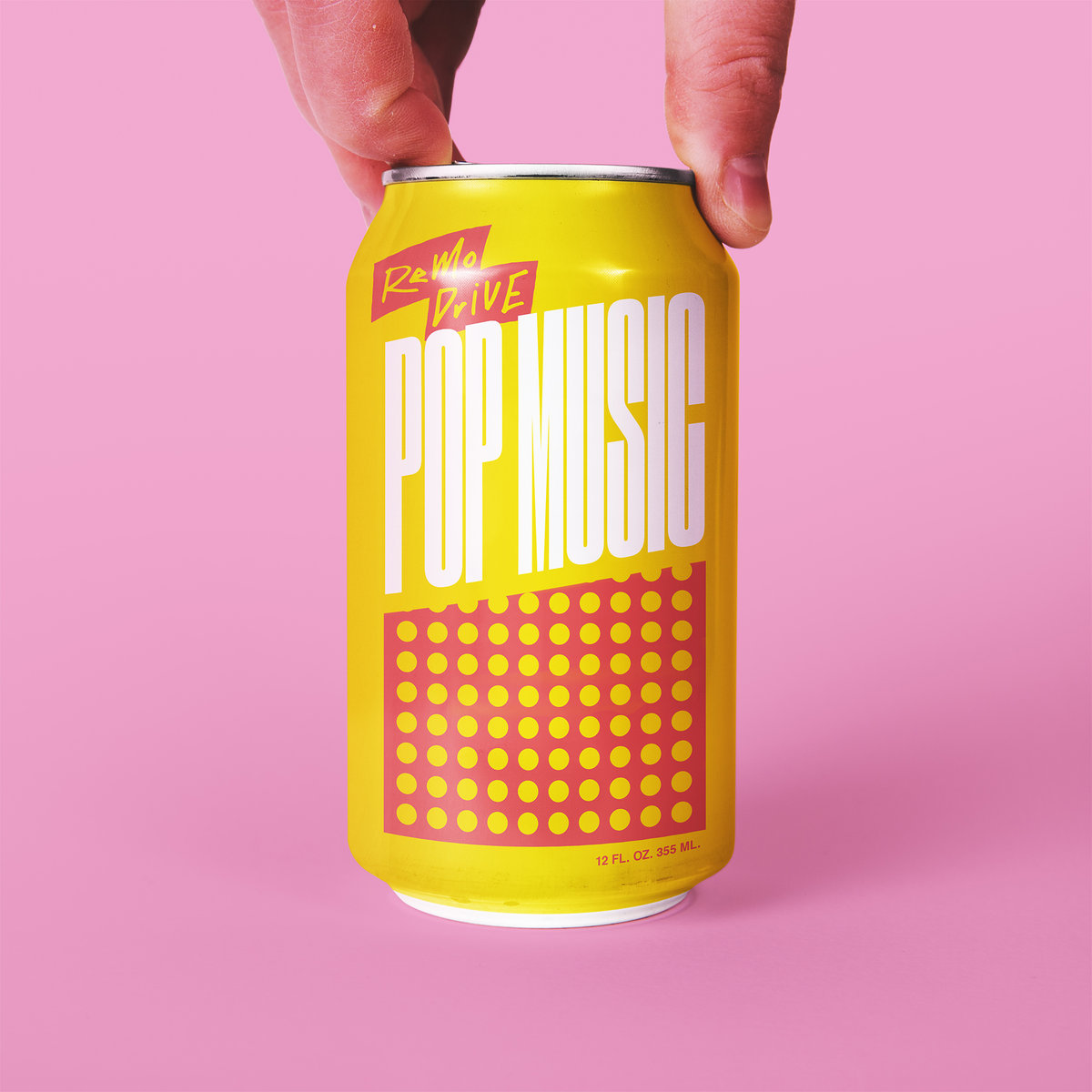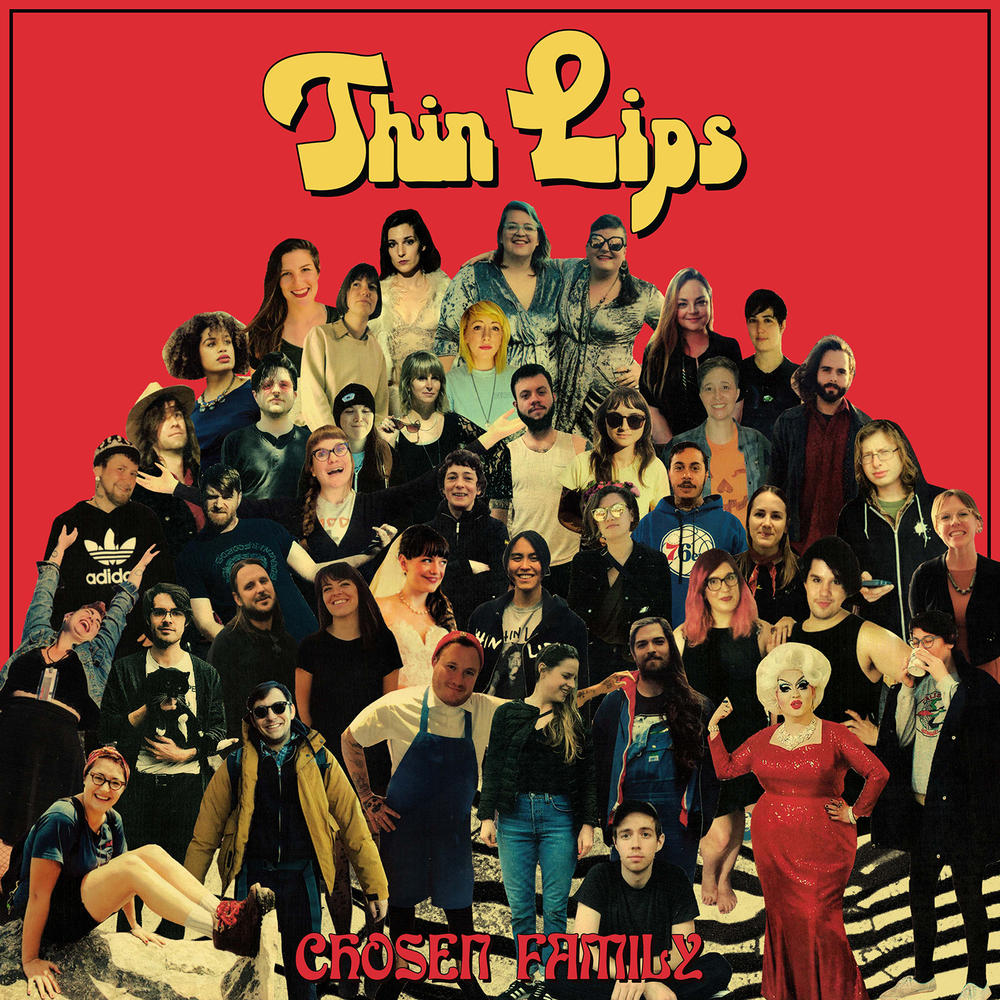

So You Want to Make Your Solo Record?
Wow, it’s 2021. My last post was March 2nd of 2020; I had a lot of people reach out and say some kind words about it, and I thought I should make another in a few weeks! Obviously, a few things distracted from that…..
Of course there have been so many tragedies big and small that the world has experienced, but for musicians as a whole, the greatest loss has been no more shows! For the community I know, that also means, no more rehearsals in your cramped unventilated basement. No more getting together every week over the winter trading colds, kissing the same microphone plugged into a PA that never seems quite loud enough! There are obviously big problems in the world, but in the meantime, we all need to keep busy to keep sane, and have a little bit of joy now and then. Hopefully this post will help you keep making music even if you can’t do it the way you used to.
A lot of people, myself included, were all of a sudden without work, and with nothing to do last spring. But it has been really inspiring to see my friends and people in general devote their time to political action, volunteering, and continuing to make music in whatever way possible in order to make the best out of a bad situation.
For my own efforts, I tried my best when and where I could. I went to some protests, volunteered for a campaign AND brought a select few pieces of gear back home from the studio and, like so many people, started work on my SOLO RECORD!
Of course, it can be a little lonely working by yourself if you’re used to jamming with your friends, but on the bright side; your laptop is always ready to go, never late! It didn’t forget to call out of work, and your laptop (or tape machine/digital recorder) is always down to play it again, or loop one section so you can work out your part. There are lots of ways in which working on music by yourself is fun and rewarding.
Everyone at Headroom used some of the time on their hands to work on music at home, and we thought we’d throw together a little list of some of the lessons we learned on how to make the best of making music and recording on your own; how to clear roadblocks, how to avoid traps that will set your music making back, and how you can guide that thing you were humming while making eggs in your slippers to a finished record.
There are many many many things that go into recording and songwriting, but we wanted to share some helpful tips that can hopefully be applied to any skill level, and any genre. We hope that you’ll find these practical, technical and spiritual tips to demo-making, songwriting, and self-recording helpful.
How to start your project, demo, song, album, triple gatefold LP
- SPONTANAITY VS. DILIGENCE – I think it’s important to have the mindset that strikes this balance to prevent the technical stuff getting in your way when writing while recording. Don’t fuss over the perfect tone or mic placement when you’re getting your idea down, you can always re-record it with a better tone, performance, etc. By the same token, don’t be SO careless and record something that sounds so fucked up that later if you DID want to use it (love the vibe, tone, performance, whatever), the technical shortcomings are a huge obstacle. When making demos and songwriting, it is quite common to both re-record stuff and also use the original from the demo, so keep that in mind!
- RECORD TO A CLICK – this might just be a matter of preference, but it is SO much easier to edit, re-edit, slide around, when things are a little more uniform. You’re also going to be playing stuff as you write it, and it will be easier to correct mistakes. You can always redo it without the click once it is written and you know exactly what to do if having a more organic feel is important. In most cases I find that starting a project with a click prevents problems down the road.
- SET YOURSELF UP – take some time and organize your stuff so it’s easy to sit down and start working as soon as inspiration strikes. Maybe that means setting up a vocal mic and leaving it plugged in. Maybe that means organizing your samples, maybe it just means keeping your room clean! I could never quite accomplish that last one, so I would always make a separate spot in my house or apartment to make demos. Ideally, if inspiration strikes you can just get your idea down in no time.
- PROTECT YOUR EARS – I know when i’m excited I tend to BLAST my speakers while I’m working, watch your volume, and if you do crank it, remember to turn it back down while you’re making adjustments.
- USE WHATEVER – use what you have. Don’t get bent out of shape because you don’t have the “right” gear. I know people who make amazing records on garage band. There are limitations with everything, work around it.
- PUSH BUT NOT TOO HARD – I have had the experience of sitting down, and thinking, “ugh idk, this idea sucks” and then before I know it, an hour later I have something I’m super proud of. I’ve also thought, “this blows” only to come back to that same idea a week later, and hear it a whole new way. Give yourself time to let inspiration strike, but don’t beat yourself up either. Take breaks, or move on to something else if the idea or way forward isn’t obvious at the moment.
- TURN OFF YOUR HVAC, HEATER, FAN, AC UNIT ETC. – one noise-y track isn’t going to kill you, but imagine 20 tracks with just a little bit of white noise in each of them. Pretty soon it will be all you can hear! Noise reduction like Izotope or even Waves X-Noise can be your friend here, but it’s best to start with quiet tracks. Also try to have a strong mic or guitar signal to avoid hum. With guitars in particular, sometimes there is a direction you can face, or a spot in your room that will be quieter. Also don’t turn your amp up so loud that there are lots of reflections and echo’s throughout your untreated room, but loud enough to compete with the noise floor in your house.
- MAKE SOME QUICK BAFFLES – Take a boom stand. Extend it as tall as it will go. Adjust the boom arm so that your mic stand looks like a “T”, now put a comforter over that. Boom – you just made acoustic treatment. Put them on the other side of your listening position, vocal mic, acoustic guitar mic, electric guitar mic, etc. It will block the reflections in your room a little bit and give you a flatter sound.
- THE NOBLE SHURE SM7b/Sm57 – In many cases, I would use a SM57 or an SM7b over a cheap condenser any day, even on acoustic instruments. You can’t use it on everything, but if your $400 condenser sounds brittle, don’t be afraid to use a dynamic mic instead. Some of my favorite acoustic guitar sounds have been a Sm57 pointed at the 12th fret.
- WORK WITHIN YOUR LIMITATIONS – listen and think critically about what your gear can and cannot handle. Get creative, and use your intuition. If you’re playing super loud, and it sounds bad, maybe you need to play softer? The drums sound terrible when you crash on the cymbals? Record the cymbals separately. Your amp sounds brittle through the microphone you have? Try twisting as many knobs as you can until it sounds good going in. Or play the part on a different part of the neck. Or if that’s not possible, use it as a place holder and find a way to capture it the way you want later. Try to find musical solutions to technical problems.
- COOK INSTEAD OF ORDER OUT – If you’re spending the day writing, it might be nice to take some time away and let your mind wander, inspiration might strike while you’re chopping garlic, or at the very least, you’ll have fresh ears when you come back to it.
- FOCUS ON THE SONG NOT THE SOUND – I have found that when working with artists on their demos they’re more likely to add rather than subtract, or tinker instead of edit. This part isn’t working? Popping? Cutting? Maybe you should rewrite the vocal harmony or melody, or remove something, or change the structure. Maybe its not in the right range or voicing? Many times I’ve suggested to someone to tweak the vocals over a chorus because the chorus wasn’t “lifting” and the response will be “what if we added a keyboard part?” The little bits of ear candy are the proverbial icing on the cake, but don’t mistake the frosting for the cake itself. Which brings me to…..
- DON’T ADD A MILLION TRACKS – if a part isn’t working, try to figure out why, maybe it should be re-recorded, maybe a different voicing/instrument. Think of a song or mix like a room: the more people and stuff you put in a room, the less room there to spread out, and things can get cluttered. There is a finite amount of space available. The more things are doubled, tripled, or added onto the less individual nuance you’ll hear of each track.
- JUST SING – get the melody and the phrasing down, the words will come eventually. I just watched Timbaland’s Master Class, and he literally just goes into the booth, sings, dances, has fun, and just gets a general vibe down, and then goes back to shape it, add to it, replace the parts etc. He’s singing nonsense but you can tell there is an idea there.
- ONCE NONSENSE BECOMES ACTUAL LYRICS – write your lyrics all down, and see if there is anything to tweak to make it more cohesive. Is there anything grammatically confusing? What is your song about? What is it trying to convey
- BUYING STUFF – Once you get going, there might be a piece of gear that will really help your workflow. Maybe it’s a mic? Maybe it’s a plug-in? Think critically and imagine a piece of gear that you would use every day. It’s a slippery slope, but buying stuff off of vintage king, Sweetwater, musician’s friend, etc. and doing the monthly payment plan is pretty doable……..don’t say I didn’t warn you though……..
- NEED INSPIRATION? – sometimes I will pull a song or a sample into a session and write on top of it, and then find a way to replace it or just take it out entirely, and then you’re left with 100 percent original content. There is also a whole world of royalty free samples.
- WORK IN STAGES – call me old fashioned, but I think it’s easiest to write your song and get your ideas down, then worry about whether or not anything needs to be re-recorded, and then worry about mixing. Trying to think about doing any of that in any other order makes my head hurt.
- LAST BUT DEFINITELY NOT LEAST – check your levels, check your tuning. You can’t undo a digitally distorted vocal or an out of tune G string, at least not without really expensive software.
How to collaborate, especially via email
- BOUNCE YOUR TRACKS FROM THE BEGINNING OF THE SESSION – or from a set starting point in your DAW. That way if you send it to someone and they have a specific note, they can say at 1:55 this thing should happen and you know exactly where. Also its much easier to send someone a rough bounce, let them play over it, and put it right back into your session.
- LABEL YOUR DAMN TRACKS- it will be hard for someone else to open up your session and try figure out what tracks audio 29, audio 13, and audio 53 are, and where is that synth track????
- LISTEN TO STUFF AFTER YOU BOUNCE IT – just in case before you send it
- ASK FOR HELP – if you know someone who does something well, ask for their input!
- CONSIDER YOUR AUDIENCE – don’t show too many people your project until it’s truly listenable, you don’t want to show someone something that is only partially finished and have them judge it on the basis that it isn’t finished, it can be discouraging.
- TRY TO SHOW SOMEONE – ask someone to listen and sit there and listen along every so often. Sometimes a sinking feeling in my stomach at a certain part when someone is listening can tell me a lot. Listening along with someone allows you to hear it a whole new way, and reveal a great deal, even if all your friend says is “sounds dope dude”.
- LABEL WITH INFO – put the BPM, and even the Key in your track title when you bounce it. It will help someone else hit the ground running if you’re sending them something to co-write
- RENDER STEMS – you can send someone the individual tracks, or do a ‘save project as’ in Pro Tools, (there is a similar option available in Ableton as well) and send only the main playlist. It will be much smaller and faster to download.
Things to consider when trying to finish your project.
- DO A QUICK MIX/EDIT – take some time and do some editing or rough mixing every so often. Once everything is in its place, you might be closer than you think! Is that backward saxophone really adding something?
- WHAT DO YOU WANT – Are these demos? Are these lo fi jams that you’re gonna send to your friends? Are you just gonna post this on the internet and move on to the next thing? Are you going to release this and put it up on streaming platforms or release it physically? This might help you decide what constitutes a finished project.
- LOW END/TOP END – what makes a record sound “Professional” is usually a well defined and full low end, and bright, present but not brittle top end. Getting a well defined low end requires a good listening environment to adjust those frequencies, and Top end requires the same thing. Top end *may* also require some nicer gear to capture those frequencies for acoustic instruments, vocals, and/or drums, whereas a clean DI Bass track might be all you need for a full sounding low end.
- A SECOND EAR – sometimes at a certain point in a project, its nice to hand something off, and let someone who isn’t as emotionally invested take a crack . Obviously you can hire a studio, a producer, or a mixer but maybe you have a friend who is also working on a record, and maybe you both can trade mixing on each other’s songs! If you listen back in your car and realize the snare is too loud, which brings nearly to tears, it might be a sign.
- ONE OR TWO THINGS – Listen to a record, like really listen to it. A lot of times everything that isn’t low end, Drums, or vocals sounds kinda small, distorted or weird. I’ve always told bands who want to do self recording that if your drums sound great, then everything else sounds like it was done on purpose. Your lo fi indie, hip hop, or electronic demo could sound like a finished studio track with a strategically placed, really great sounding vocal or drum recording on top of it. We at Headroom do this all the time, hit us up for a remote or in person session!
- MOVE ON – If you do plan on working on it and finishing the record entirely by yourself, or even if you did get help, at some point just finish it, let it be done. By now you’ve learned so many lessons, and the next thing you make will be 1000x better. Be confident in yourself, be kind to yourself, and have some pride in your work. Everyone is at least a little insecure about their own art, and the only way you stop is developing a callous to the opinions and critiques of others. Consider other people’s thoughts as a way to learn and get better but don’t beat yourself up. Even the most talented people are insecure and truthfully your music is probably a lot better than you think it is. Just put it out there!



















